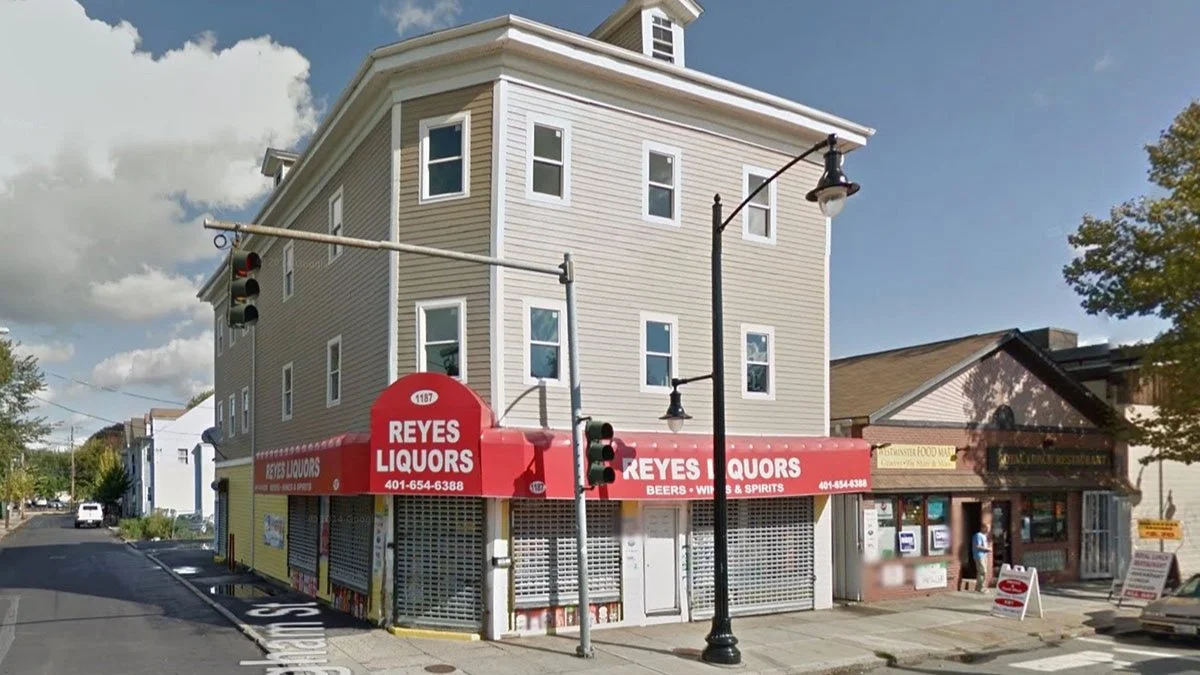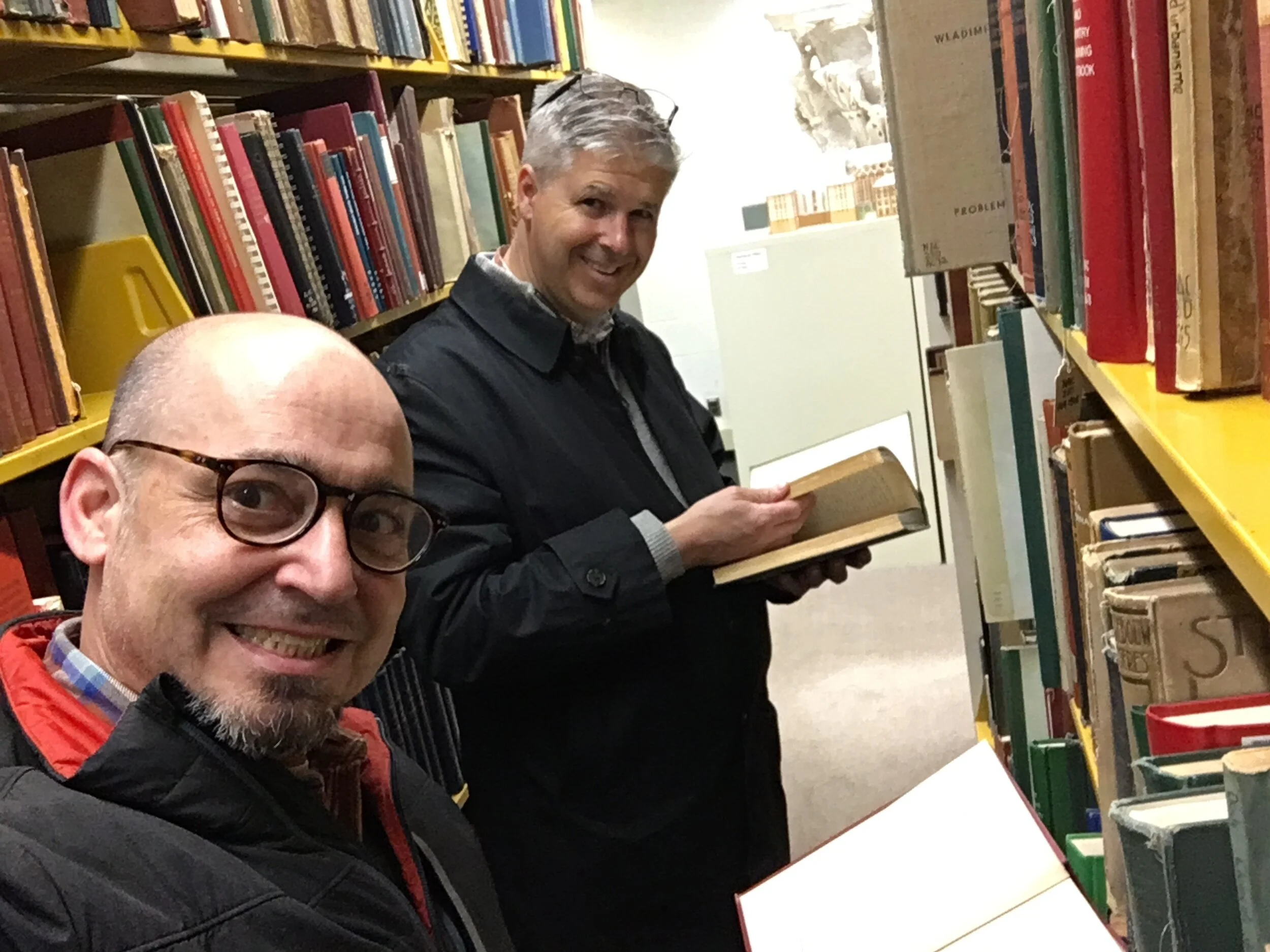Conventional thought would tell us that the new commercial developments in a city should be the most productive compared to the older buildings downtown, but that’s not necessarily the case.
Read MoreMany of the problems in our cities come down to a shortage in the budget—but the solution to this problem is staring us in the face.
Read MoreOur friends over at Urban3 share some of their favorite visuals from 2022—each of which tells a mathematical truth about the places we choose to develop and inhabit.
Read MoreProperty taxes represent the largest source of revenue for most local governments, and data shows that even unglamorous downtown areas offer more value as taxable properties than big box stores.
Read MoreYet another failed mall (this time in Milwaukee, WI) proves to be a drag on—and an active harm to—its surroundings.
Read MoreTwo of our favorite storytellers—Urban3 and Not Just Bikes—come together in this awesome video.
Read MoreLet’s #DoTheMath on some public infrastructure in Providence, RI.
Read MoreCities must be discerning in how they incentivize development. Let’s look at two examples to see what to do, and what not to do.
Read MoreLet’s #DoTheMath in Ramsey County, Minnesota.
Read MoreThe same design principles behind Japanese gardens can make the building of resilient and financially strong places into a joy, rather than a burden.
Read MoreLondon’s thinnest house just went on sale. Here are two takeaways we shouldn’t miss.
Read MoreA planner in Gallatin, Tennessee does the math to find out how much infrastructure his city can support and who’s paying their share. What he finds could be the Growth Ponzi Scheme in action.
Read MoreTo have enduring prosperity, a community cannot squander its land; it must develop in ways that are financially productive.
Read MoreWe’ve been critical of single-family zoning — but does that mean that single-family homes have no place in a city’s financial ecosystem?
Read MoreBefore the age of the freeway, Kansas City was famously a streetcar city. The pattern of development that streetcars fostered was a highly productive one that has stood the test of time. In fact, it still generates an outsized share of the city’s wealth today.
Read MoreStrong Towns member Andrew Kelsey shares how you can create a value per acre analysis for your city or town—no matter your skill level.
Read MoreThe most brilliant innovations in building cities are already embodied in the traditional development pattern, a foolproof approach to creating resilient and productive places that was developed the hard way.
Read MoreInformation about our city’s revenue, expenses and liabilities is usually presented in ways that disempower most people from making informed decisions. But what about folks who aren’t a Level 20 Spreadsheet Wizard? How can we use data to better tell the story of where we are now — and empower more people to write the story of their city’s future?
Read MoreSouth Florida is known for its luxurious lifestyle and extravagant beachfront homes. These mansions must reel in big bucks for the city, right? Let’s see how productive they really are when we #DoTheMath.
Read MoreTwo small Tennessee towns reveal the mighty power of a traditional downtown square—even one that isn’t designed to achieve its full potential. It’s simply the most foolproof and financially productive style of development there is.
Read More



















